London Design Biennale 2023: a guide to the Somerset house pavilions
Now open, London Design Biennale 2023 (until 25 June) follows a theme of ‘The Global Game: Remapping Collaborations’, led by Aric Chen and Het Nieuwe Instituut

London Design Biennale 2023 opened with a rich programme with exhibitions and talks, which will take over Somerset House until 25 June 2023, led by Aric Chen and Rotterdam’s Het Nieuwe Instituut. The theme of the design event’s fourth edition is ‘The Global Game: Remapping Collaborations’, exploring design beyond borders, new forms of international cooperation and participation through multidisciplinary design.
‘The Global Game: Remapping Collaborations‘ aims to create an alternative geopolitical landscape driven not by competition nor conflict, but rather cooperation,’ comments Chen. ‘We all agree that global challenges require global collaboration. This is easier said than done, but in some small way, we hope real international exchanges will arise from this biennial in a way that also invites visitors to become part of the process.’
London Design Biennale 2023: the Pavilions to see at Somerset House
Somerset House Courtyard
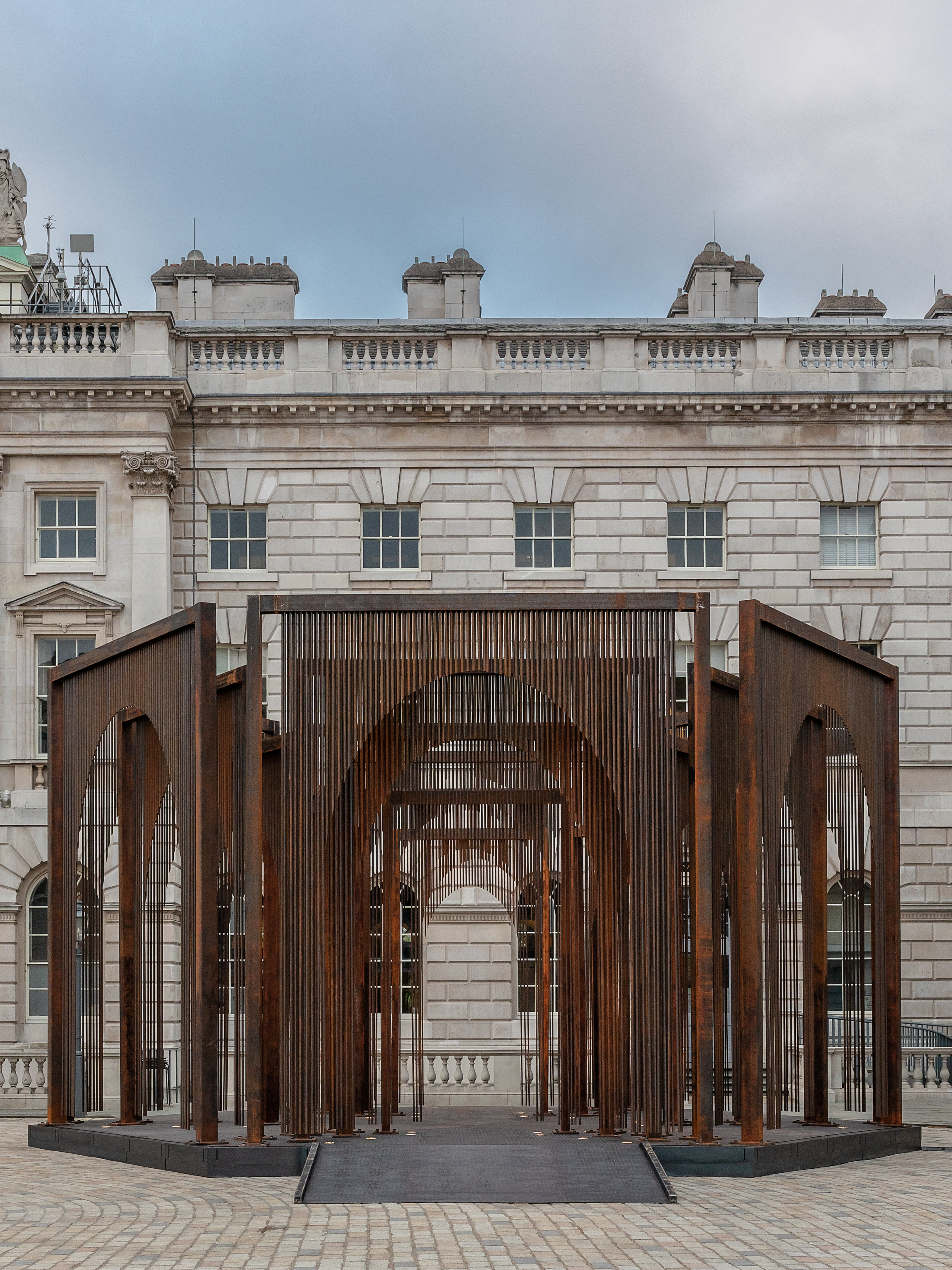
Turkish Pavilion in the Somerset House Courtyard
In the Somerset House courtyard, visitors are greeted by the Malta pavilion presenting a ‘village square’, defined by textile designs made with traditional Phoenician-Maltese dyes to highlight ‘ancient approaches to the urban environment and the chance encounters that they encourage’. Nearby, the Turkey presents a sculptural piece where a square is defined by oversized chimes, blurring the definition of borders.
West Wing
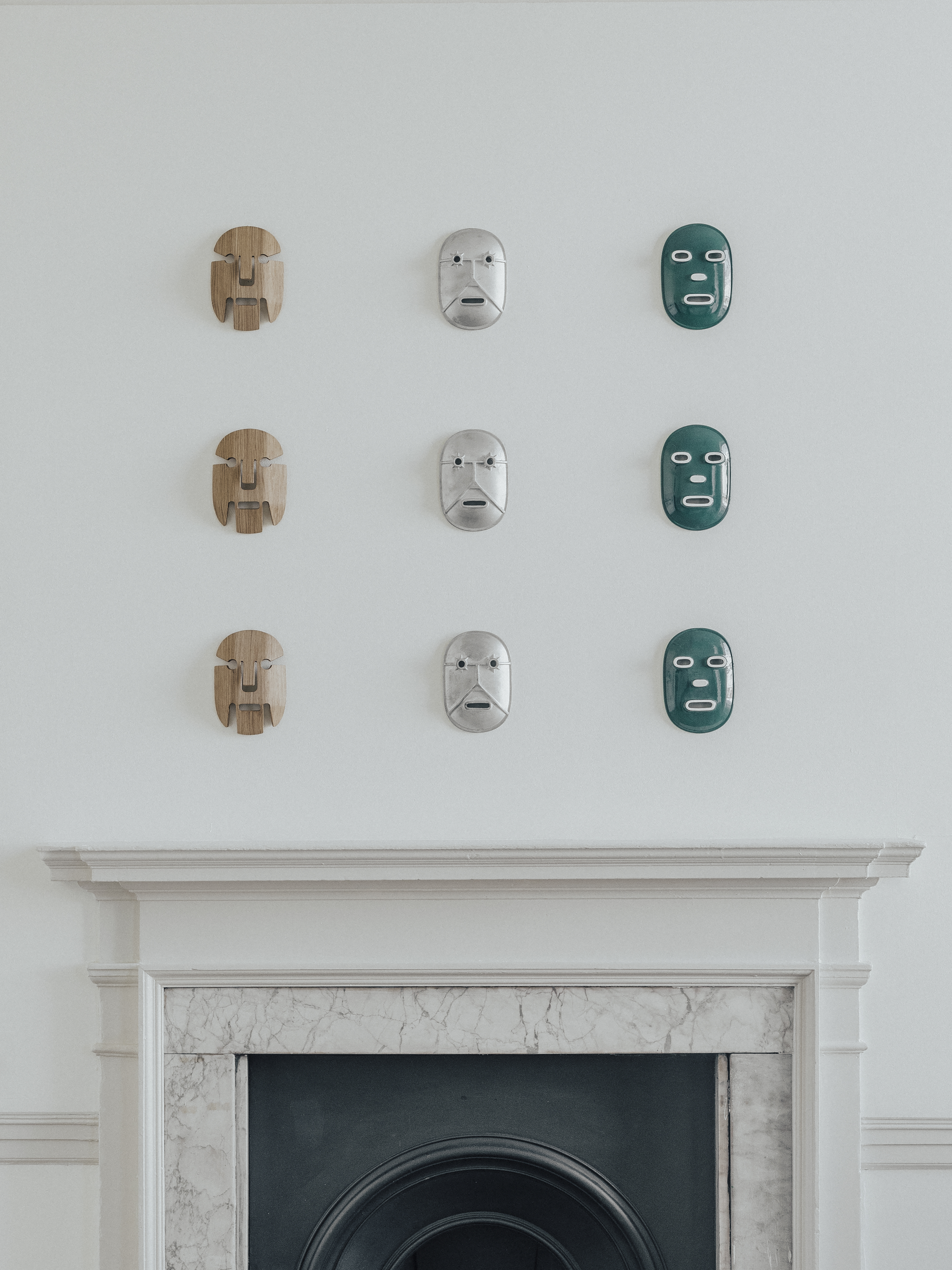
Masks by Philippe Tabet, part of the Italy Pavilion in the West Wing of Somerset House
Among the West Wing Pavilions is Italy, curated by Triennale Milano and titled 'Unseen Collaborations'. In its 100th year, the Triennale looked at the theme of this year's Design Biennale reflecting on the history of the design of transatlantic liners. Starting from the Triennale archives, the curatorial team commissioned a series of contemporary works by international artists and designers including paintings by Liu Xiaodong, a wall atlas by Davide Trabucco, wall-hanging textiles pieces by Melania Toma and masks by Philippe Tabet.
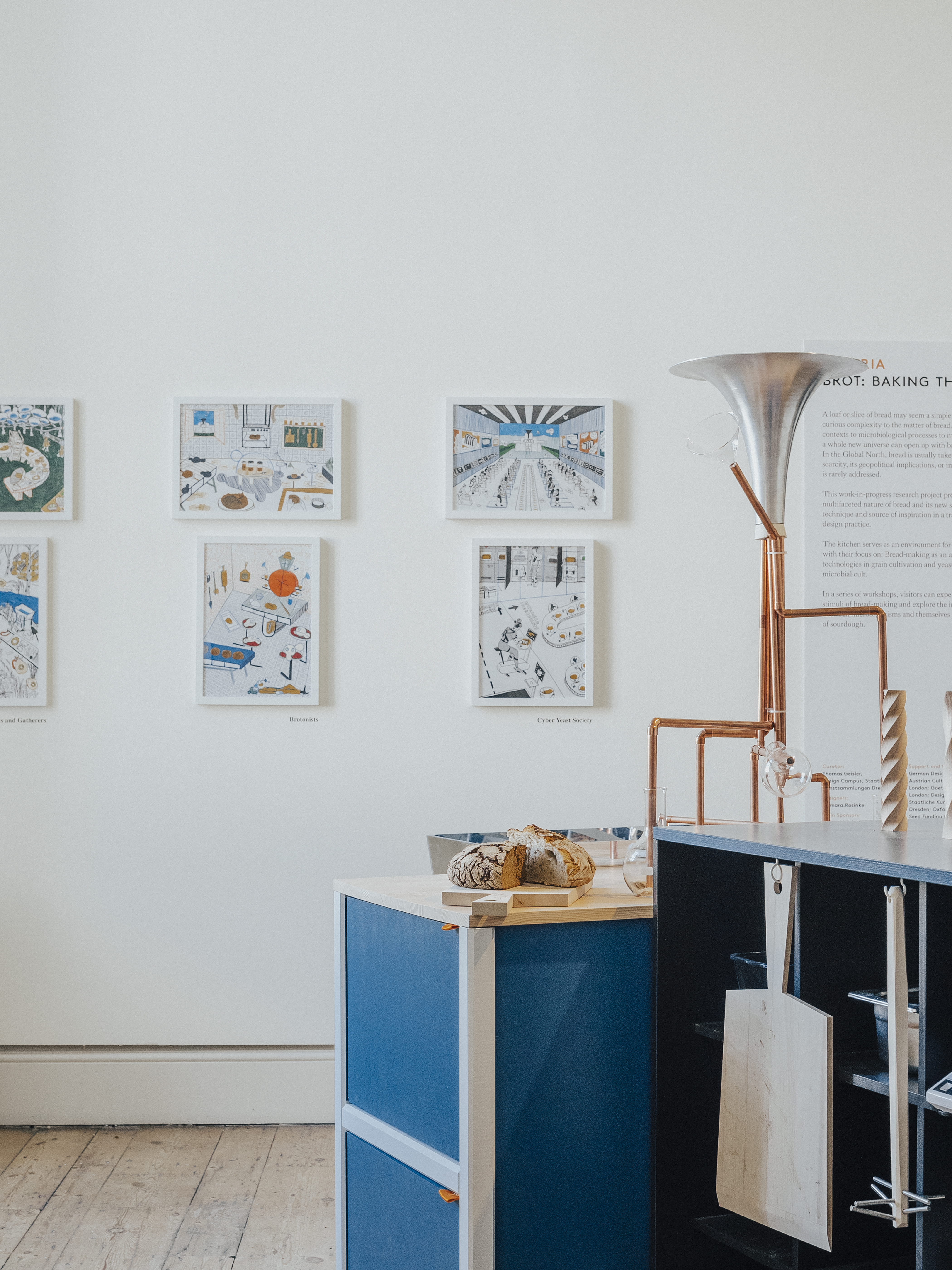
Austrian Pavilion, Brot: Baking the future

Bidi Bidi
Nearby, Bidi Bidi is a project that presents the process to create the Bidi Bidi Music & Arts Centre in northern Uganda, an open-air amphitheatre that serves as community space and performance venue, a collaboration between to.org, Hassell, LocalWorks and Arup, with on-site labour from refugees and local Ugandans.
From Austria, design studio Chmara Rosinke present a project by exploring bread as a sensory and cultural experience (also filling the West Wing with its fragrant scent).
Chile presents Materia Prestada / Borrowed Matter, an installation that highlights new ways of using wood cellulose to create textiles, reflecting on Chile's forest industry and its extractivist process.
Receive our daily digest of inspiration, escapism and design stories from around the world direct to your inbox.
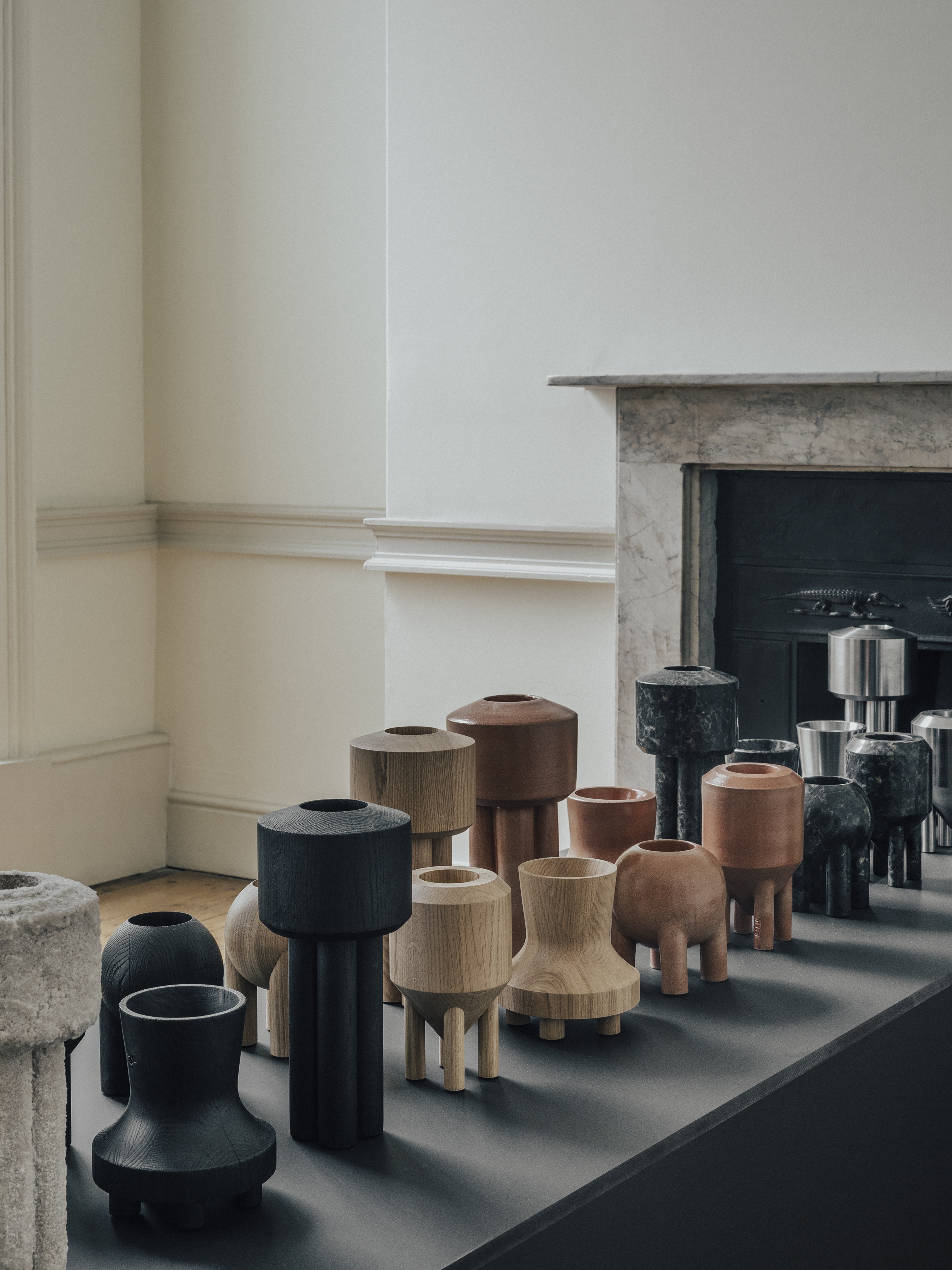
Serhii Hotvianskyi's work at the Ukrainian Pavilion
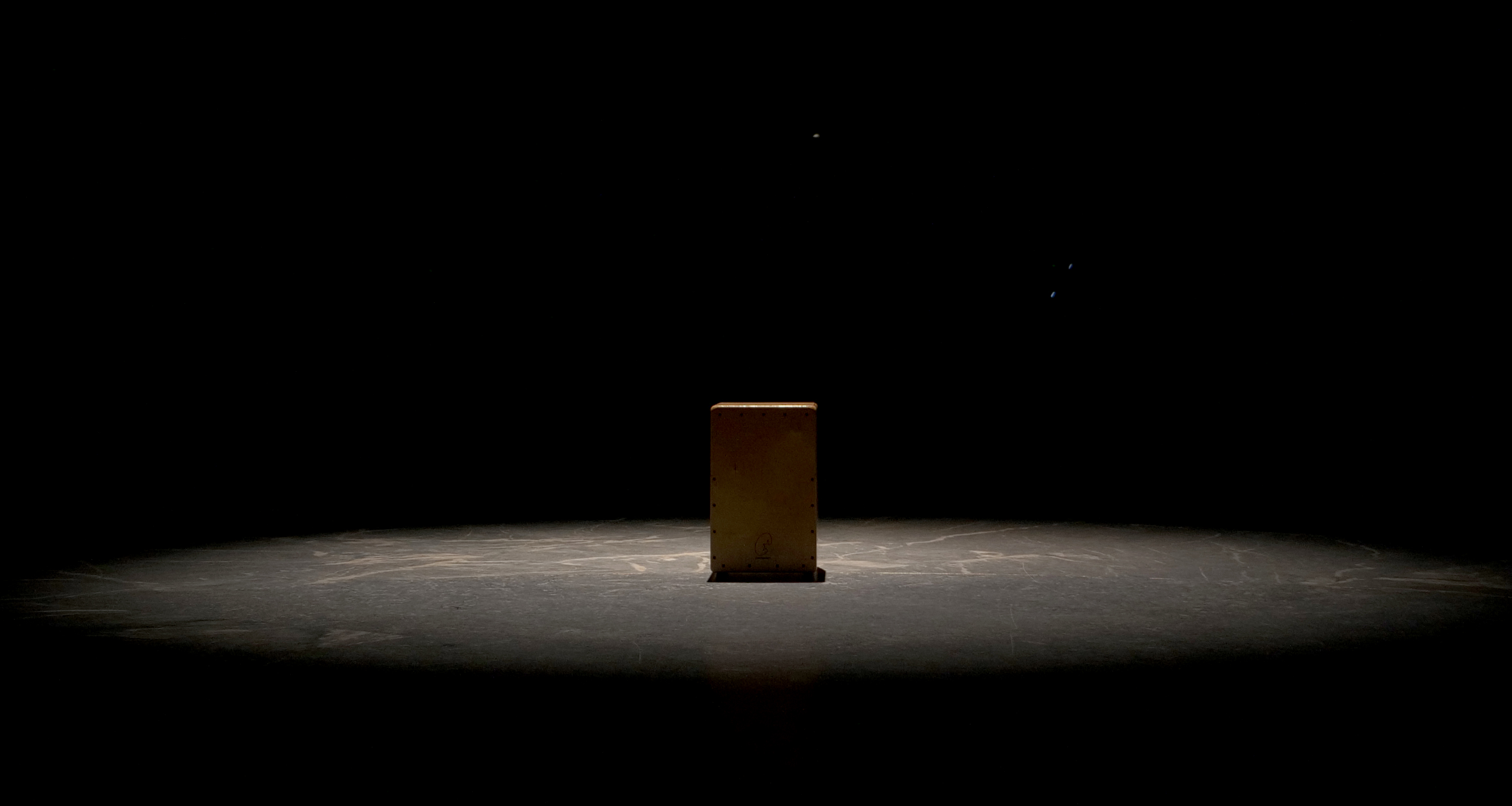
Spain and Peru pavilion
Ukraine presents a project showcasing Ukrainian design in times of change, the installation titled 'The Darkest Hour is Just before Dawn' reflects the country's rich heritage and how it's reflected in its cultural and creative initiatives. Participants include Victoria Yakusha, whose tapestry is inspired by ancient craft, Serhii Hotvianskyi whose symbolic objects represent typical industrial buildings and are made of local materials, and Kateryna Sokolova who worked with Noom to create a military edition of the Gropius Low Chair, representing art's transformative power during the Russian invasion.
Spain and Peru present a collaborative pavilion, embodying the biennale’s theme with a body of work inspired by the ‘cajón’, a traditional Afro-Peruvian percussion instrument that was later brought into Spain, becoming the instrument of flamenco music.
Meanwhile, the Democratic Republic of Congo Pavilion reimagines the country’s national museum as a vivid virtual world, offering visitors the opportunity to visit the Kinshasa museum through a digital experience.
East Wing
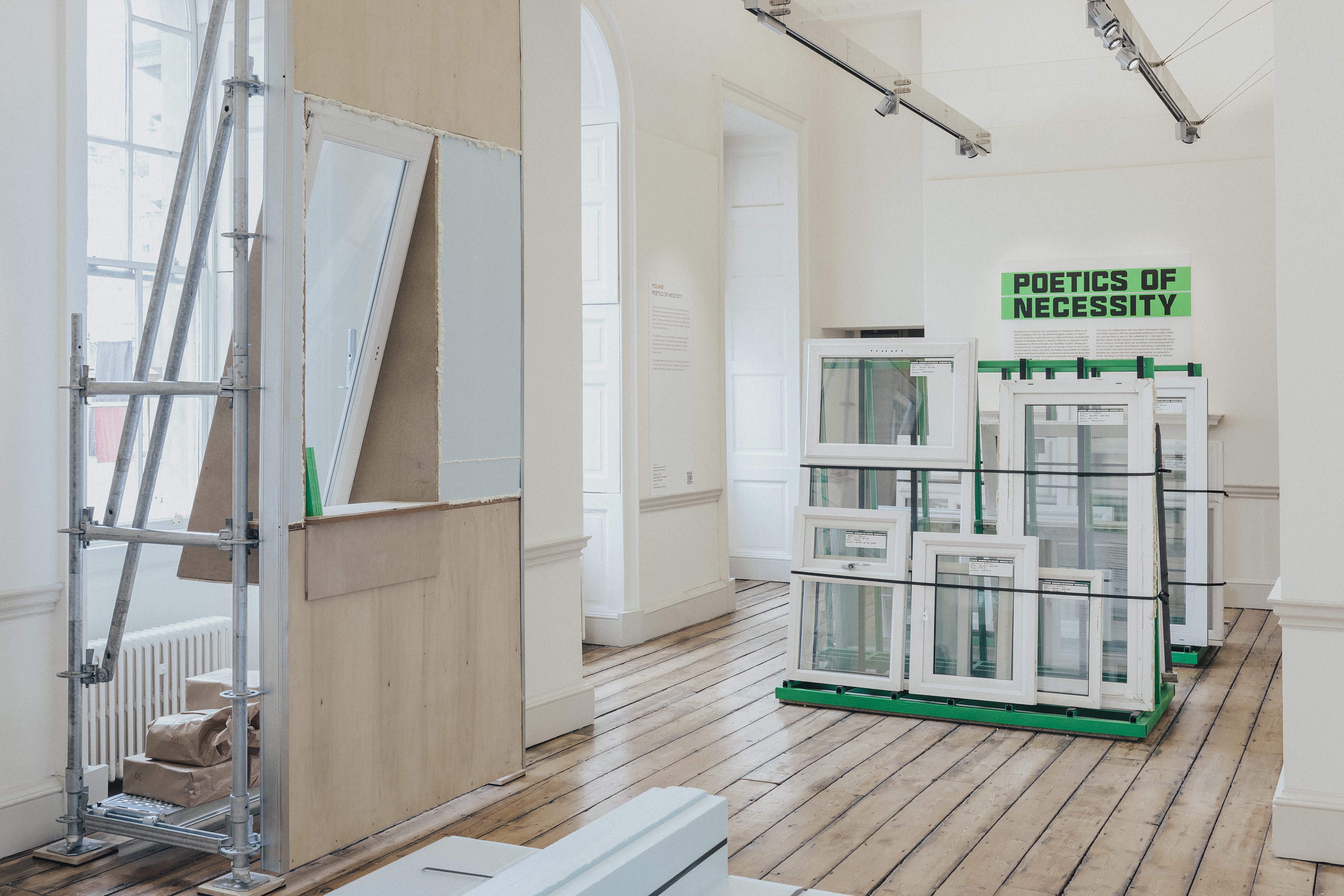
Polish Pavilion
Among the most poignant projects showcased in the East Wing is Poetics of Necessity, a project presented by the Polish Pavilion inspired by the Windows project, a call to action to collect reusable windows, given by Poles to Ukrainians stripped of dignified living conditions as a result of war. Discarded windows were collected from the UK and are shown at Somerset House before being sent to Ukraine.


Mudac
In the East Wing is also Taiwan, whose Visible Shop celebrates the country's key role in global industrial collaboration, and Mudac (Lausanne's Museum of Contemporary Design and Applied Arts), whose project is a contemporary reinterpretation of Buckminster Fuller's World Game, a simulation tool inspired by war games, which aimed for equal distribution of resources on a global scale.
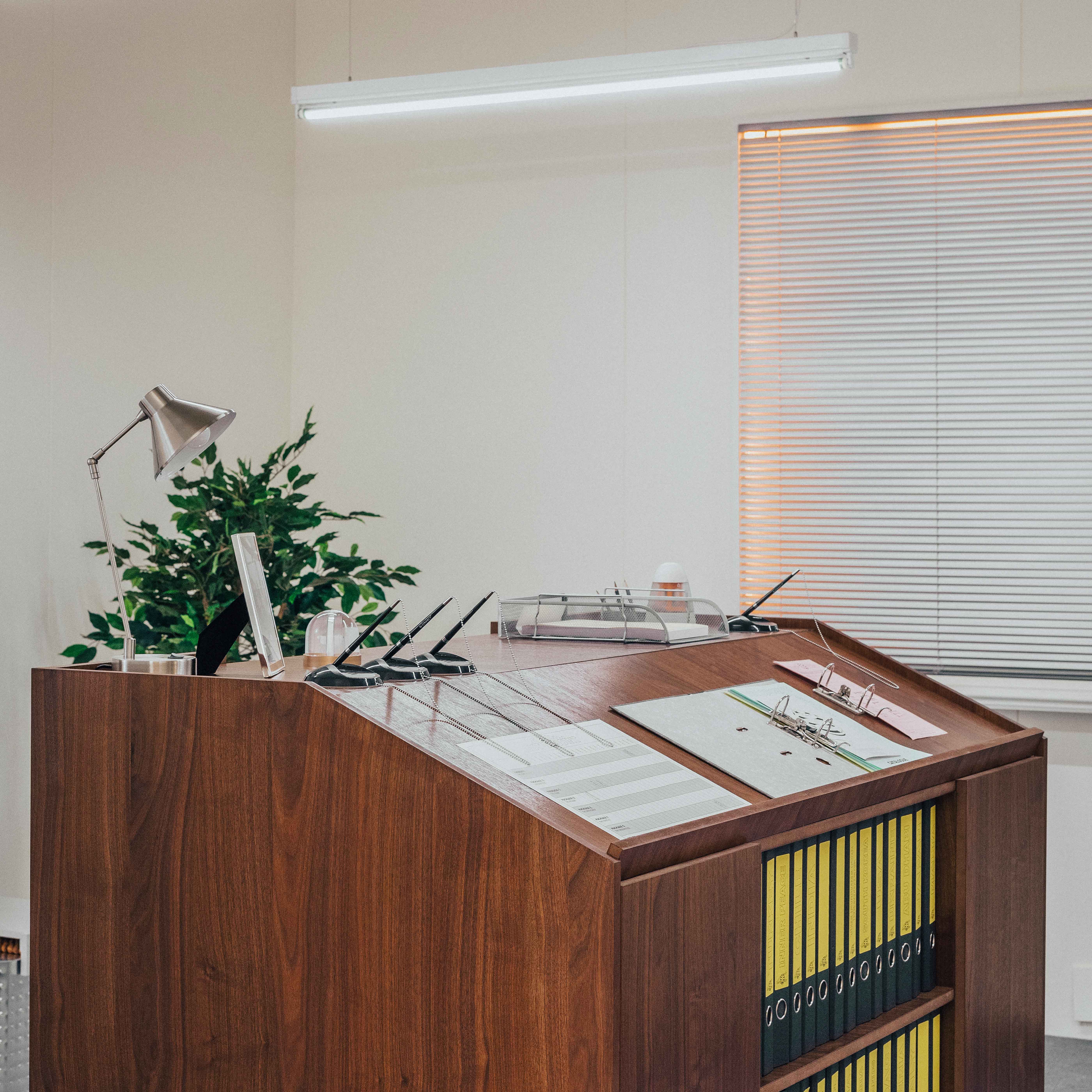
Netherlands Pavilion
Taking the theme of collaboration to the next level is the Netherlands pavilion, commissioned by Het Nieuwe Instituut. Other pavilions are invited to check out elements of the office-like, site-specific installation, creating new narratives throughout Somerset House.
River Terrace
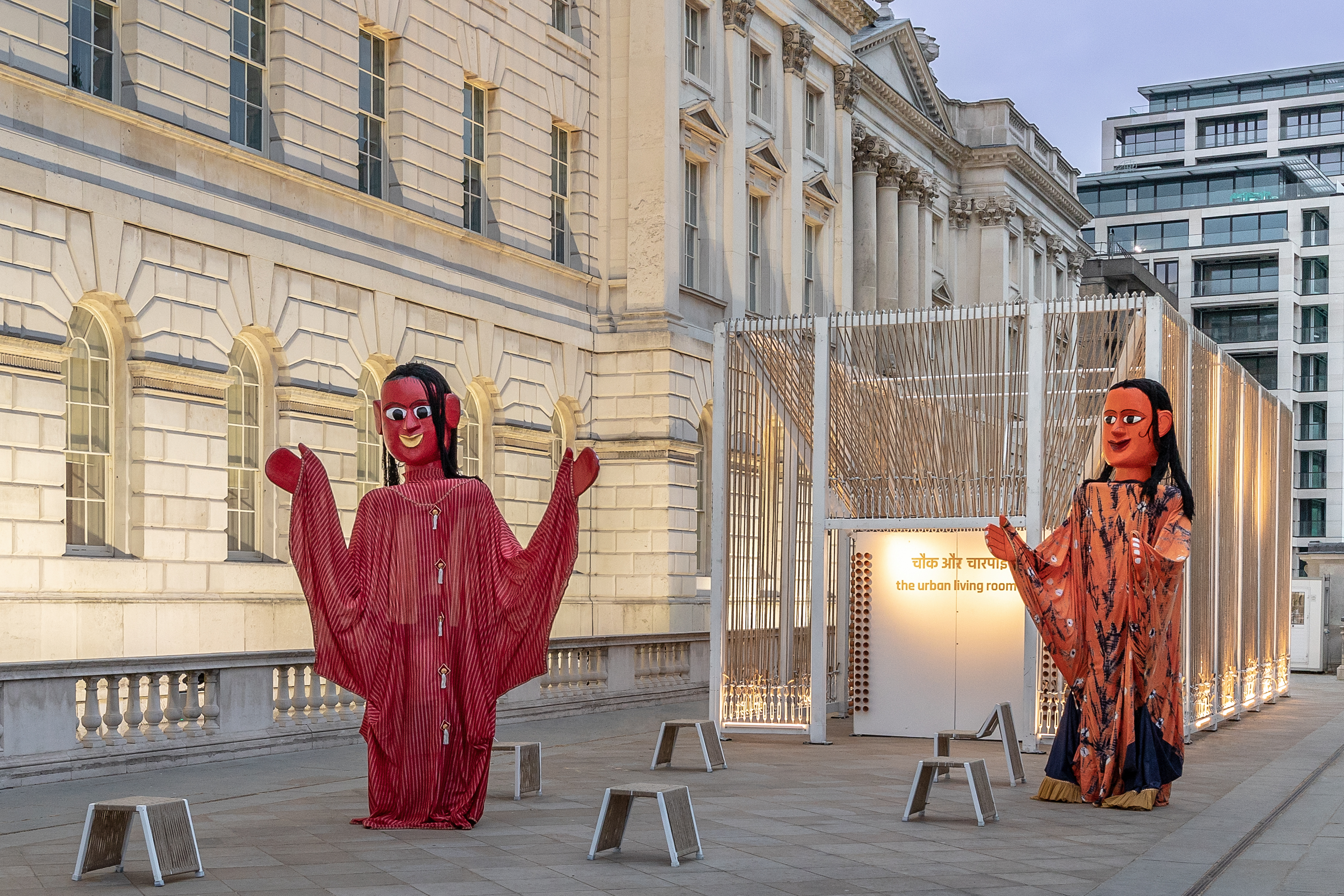
Facing the Thames on the River Terrace, the India pavilion evokes a contemporary interpretation of the Indian city chowk, an open market at the junction of streets. The charpai, a traditional, multifunctional daybed widely used across the country is the centre of the pavilion's narrative: a design icon that transcends time, its weave is representative of Indian craft, while its versatility, the curators explain, is an expression of 'indianness'.
Mezzanine and Embankment

Humanitarian pavilion by Shigeru Ban
The exhibition continues on the lower levels of Somerset House, with the Nigeria pavilion taking over part of the Mezzanine space. ‘Natural Synthesis’ is a project that recreates a classic Nigerian courtyard scene, 'to contemplate the nature of collaboration and conflict.' Nearby, the USA space offers a display by author and artist John Mack that uses lightboxes to juxtapose natural landscapes with today's technologies.
In the Embankment space, the Humanitarian pavilion by Shigeru Ban is an unmissable highlight of the exhibition. ‘Paper Sanctuary’ is a collaboration between architect Shigeru Ban, Ukrainian-born poet, novelist and literary translator Svetlana Lavochkina, and Ukrainian composer Valentin Silvestrov, using Ban's Partition System (conceived to provide privacy to refugees in temporary facilities) to design a sanctuary of art, poetry, music and stories .
London Design Biennale 2023 is on view until 25 June 2023
Somerset House, Strand, London WC2R 1LA
Rosa Bertoli was born in Udine, Italy, and now lives in London. Since 2014, she has been the Design Editor of Wallpaper*, where she oversees design content for the print and online editions, as well as special editorial projects. Through her role at Wallpaper*, she has written extensively about all areas of design. Rosa has been speaker and moderator for various design talks and conferences including London Craft Week, Maison & Objet, The Italian Cultural Institute (London), Clippings, Zaha Hadid Design, Kartell and Frieze Art Fair. Rosa has been on judging panels for the Chart Architecture Award, the Dutch Design Awards and the DesignGuild Marks. She has written for numerous English and Italian language publications, and worked as a content and communication consultant for fashion and design brands.
-
 The beauty trends that will define 2026, from ultra-niche fragrances to anti-ageing dental care
The beauty trends that will define 2026, from ultra-niche fragrances to anti-ageing dental careAs we enter the new year, we speak to experts in fragrance, skincare, aesthetics, wellness and more about the trends that will be shaping the way we look
-
 The most stylish hotel debuts of 2025
The most stylish hotel debuts of 2025A Wallpaper* edit of this year’s defining hotel openings. Design-led stays to shape your next escape
-
 Neo-Gothic grandeur and decadent martinis await at Hawksmoor St Pancras
Neo-Gothic grandeur and decadent martinis await at Hawksmoor St PancrasThe dining room at the St Pancras London hotel has proved to be a revolving door for big-name chefs; now, it's Hawksmoor’s time to shine
-
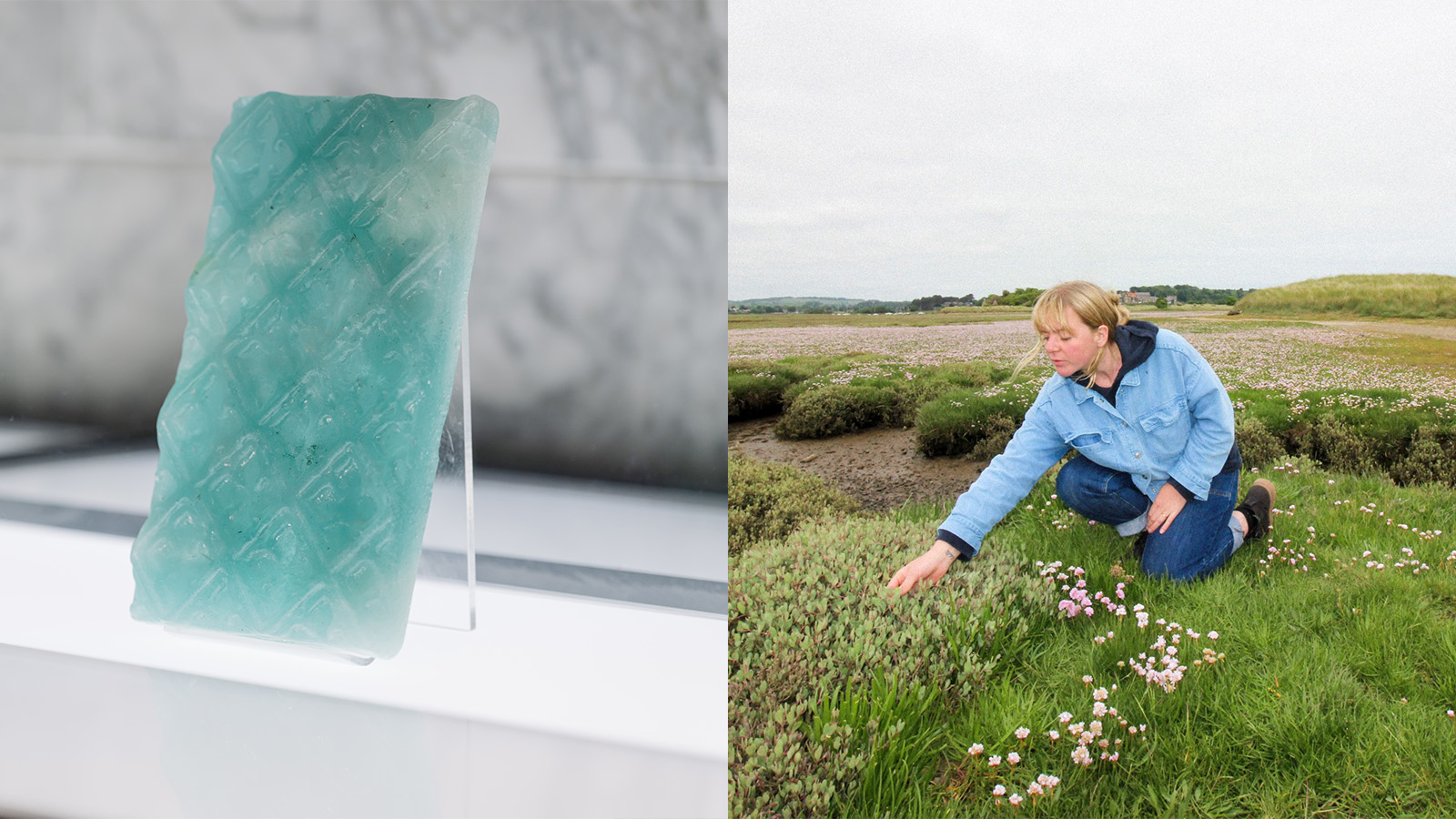 Lulu Harrison is the Ralph Saltzman Prize winner 2025
Lulu Harrison is the Ralph Saltzman Prize winner 2025The Design Museum, London, announces Lulu Harrison as winner of The Ralph Saltzman Prize for emerging designers, and will showcase her work from 24 June to 25 August 2025
-
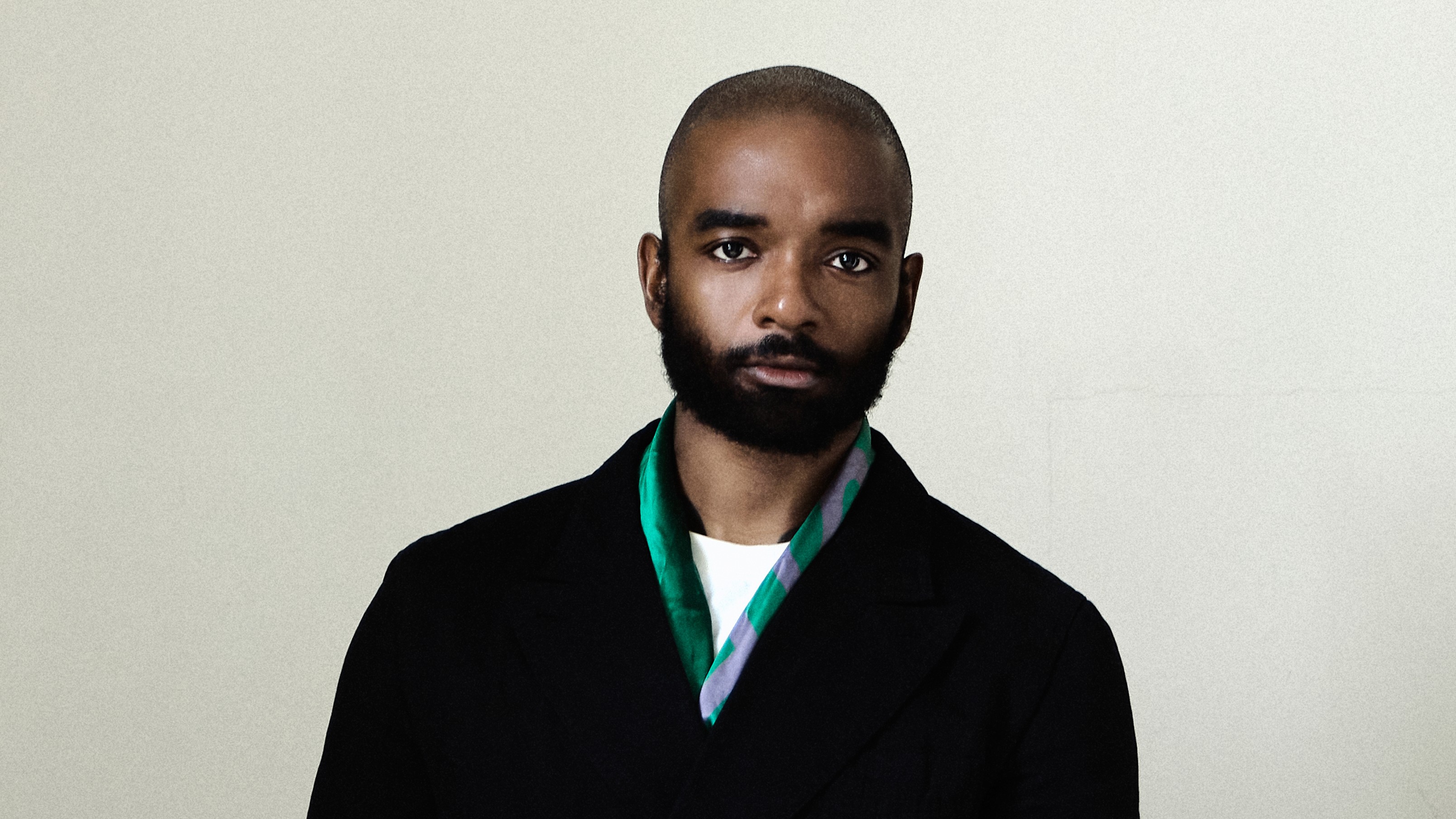 ‘Designers are far more than just producers of commercial goods’: Samuel Ross on the London Design Biennale
‘Designers are far more than just producers of commercial goods’: Samuel Ross on the London Design BiennaleThe artistic director of the major event and founder of A-COLD-WALL* discusses the role of a designer and the future of the sector in an exclusive interview
-
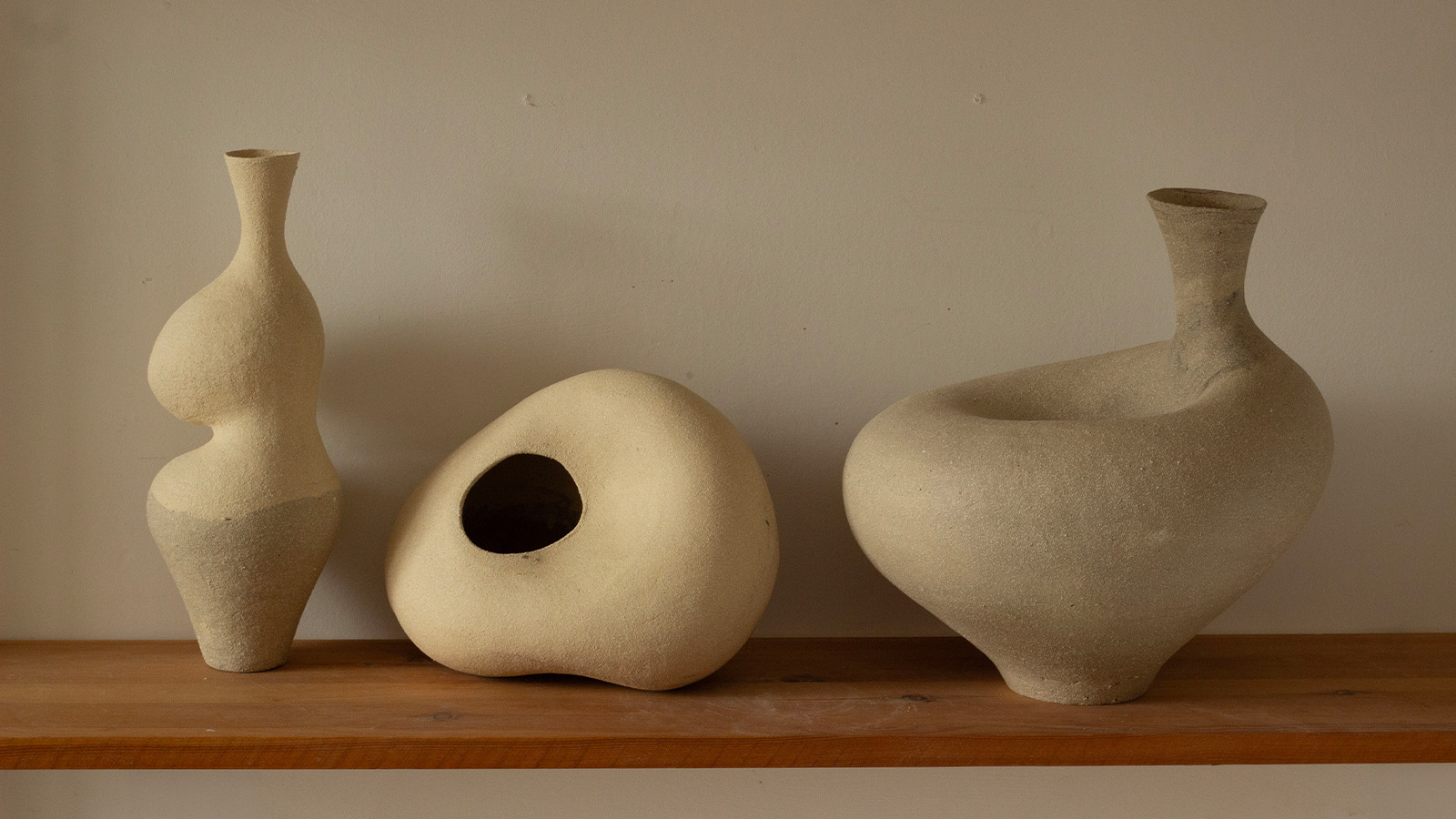 London Craft Week 2025 highlights – what to see this weekend
London Craft Week 2025 highlights – what to see this weekendLondon Craft Week 2025 (until 18 May) brings together some 1,000 established and emerging makers. Here is everything we saw and loved so you don't miss a thing
-
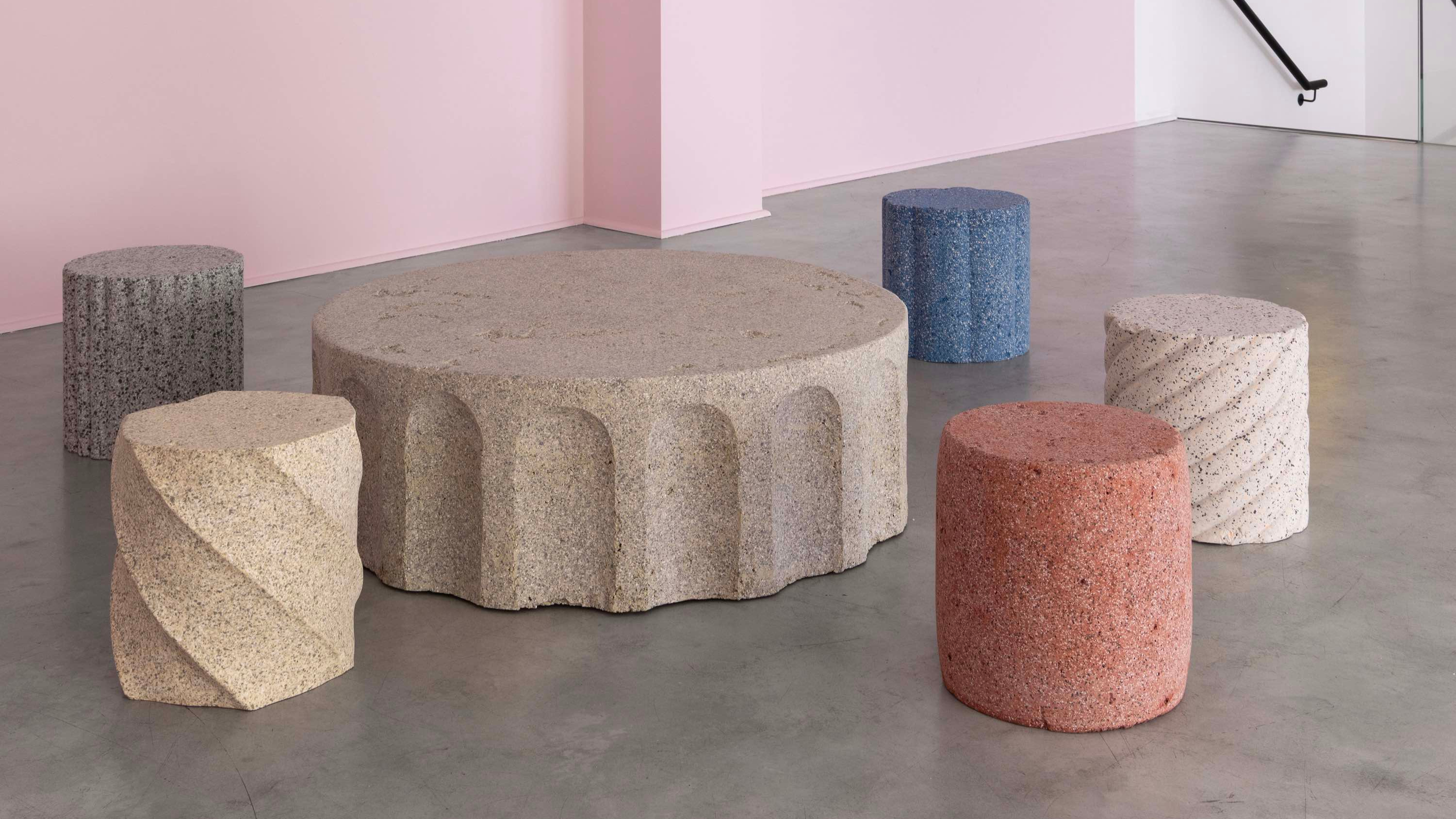 Erasers become architectural illusions at Gallery Fumi
Erasers become architectural illusions at Gallery FumiLondon duo Study O Portable unveil 'Rubber Rocks', trompe-l’œil furniture made from erasers, exploring themes of materiality, memory and architectural decay
-
 Liberty at 150: a history of the brand in 10 objects
Liberty at 150: a history of the brand in 10 objectsLiberty is marking its 150th anniversary; to celebrate, we remember products and prints that helped make the department store the cultural touchpoint it is today
-
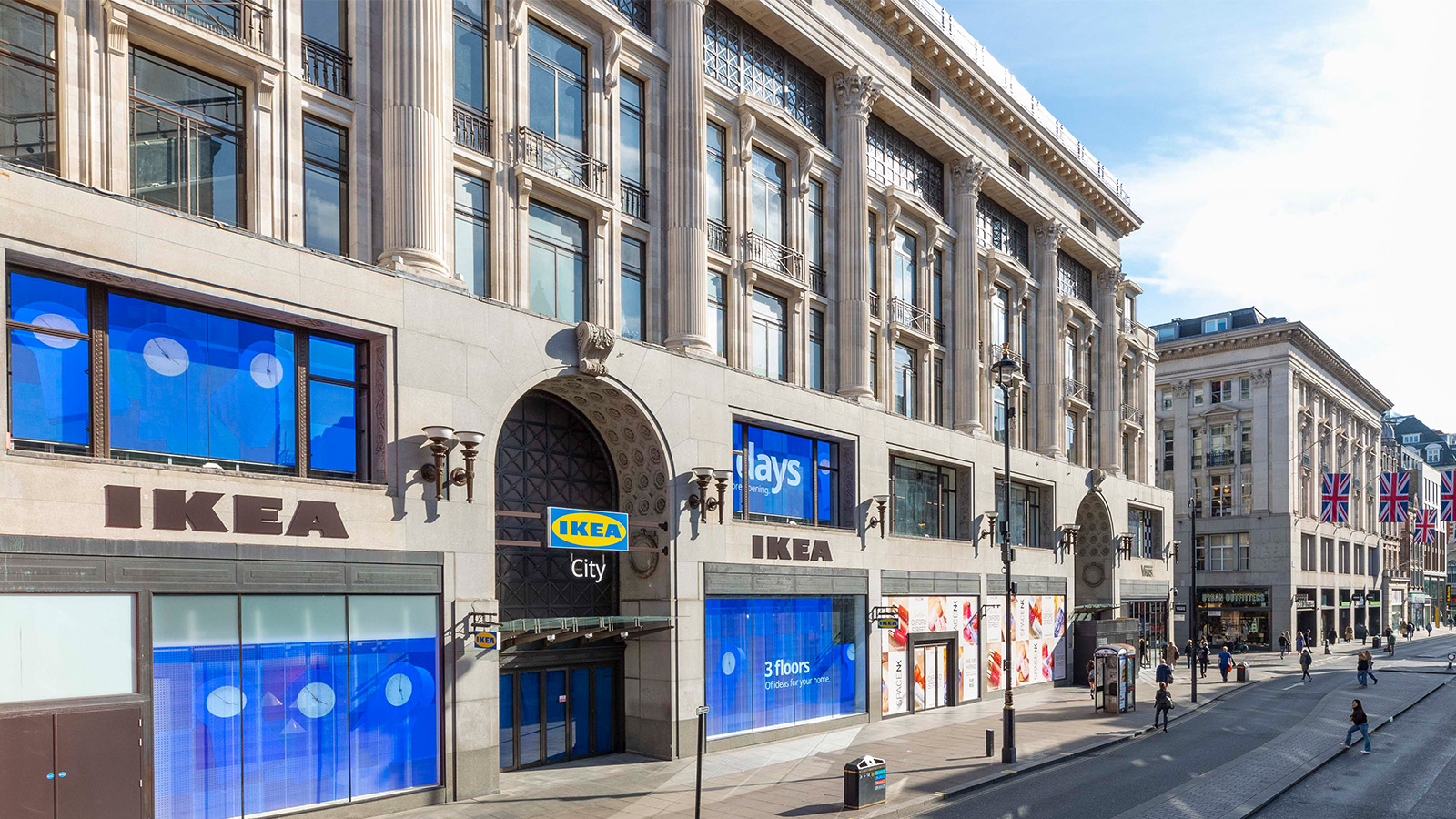 A first look inside the new Oxford Street Ikea. Spoiler: blue bags and meatballs are included
A first look inside the new Oxford Street Ikea. Spoiler: blue bags and meatballs are includedThe new Oxford Street Ikea opens tomorrow (1 May), giving Londoners access to the Swedish furniture brand right in the heart of the city
-
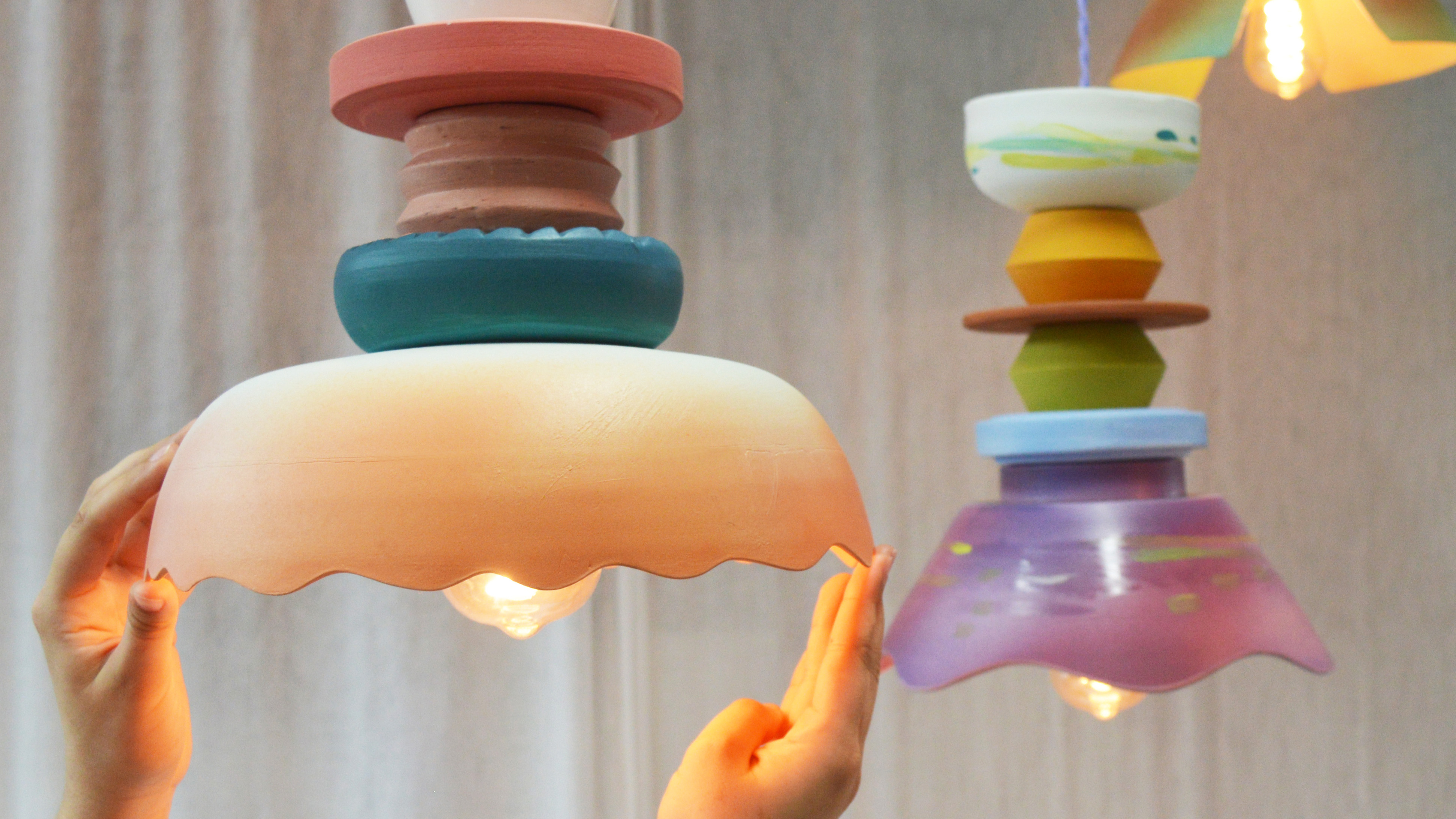 What to see at London Craft Week 2025
What to see at London Craft Week 2025With London Craft Week just around the corner, Wallpaper* rounds up the must-see moments from this year’s programme
-
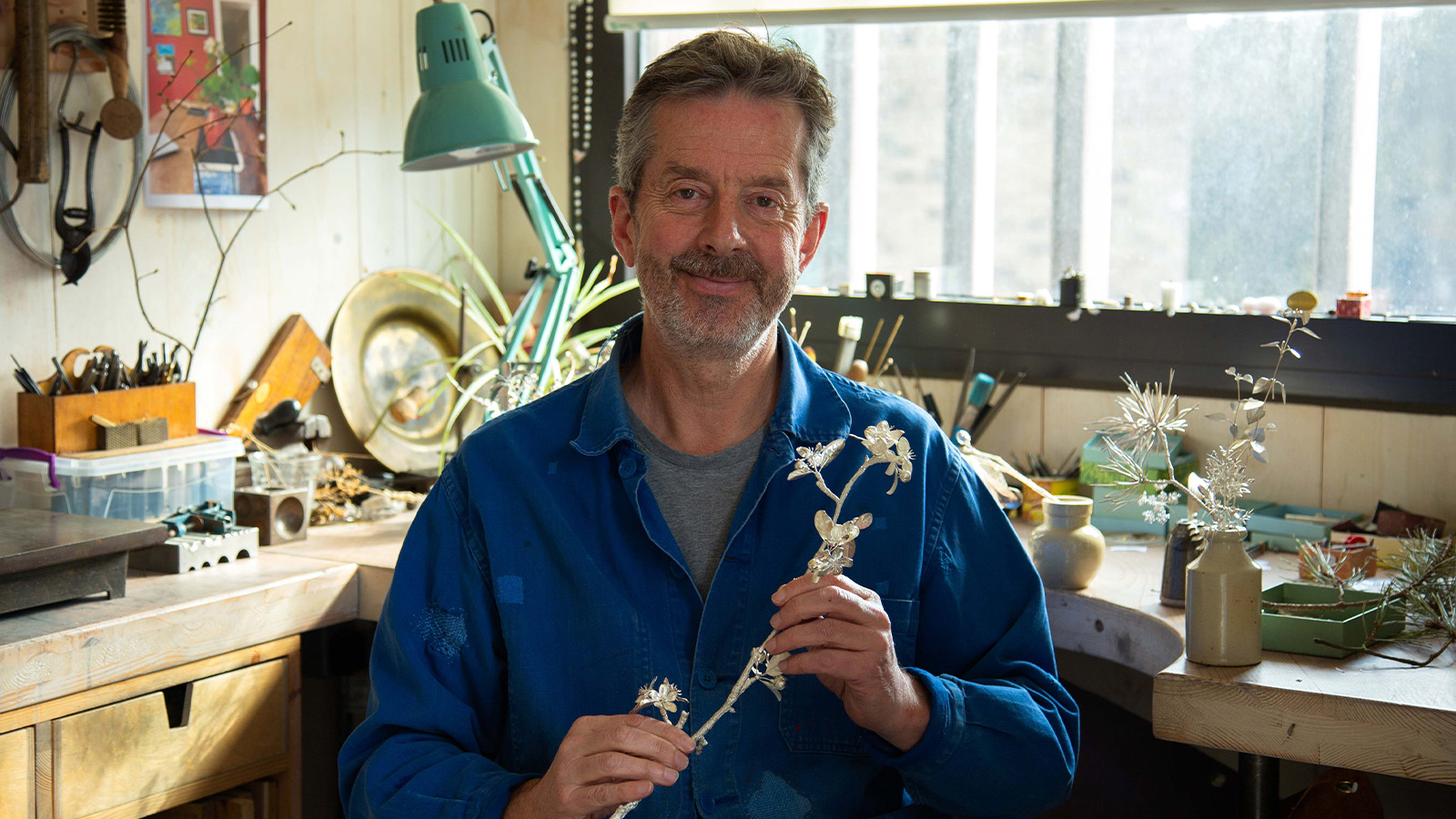 Nature sets the pace for Alex Monroe’s first sculpture exhibition
Nature sets the pace for Alex Monroe’s first sculpture exhibitionThe British designer hops from jewellery to sculpture for his new exhibition at the Garden Museum, London. Here, he tells us why nature should be at the forefront of design